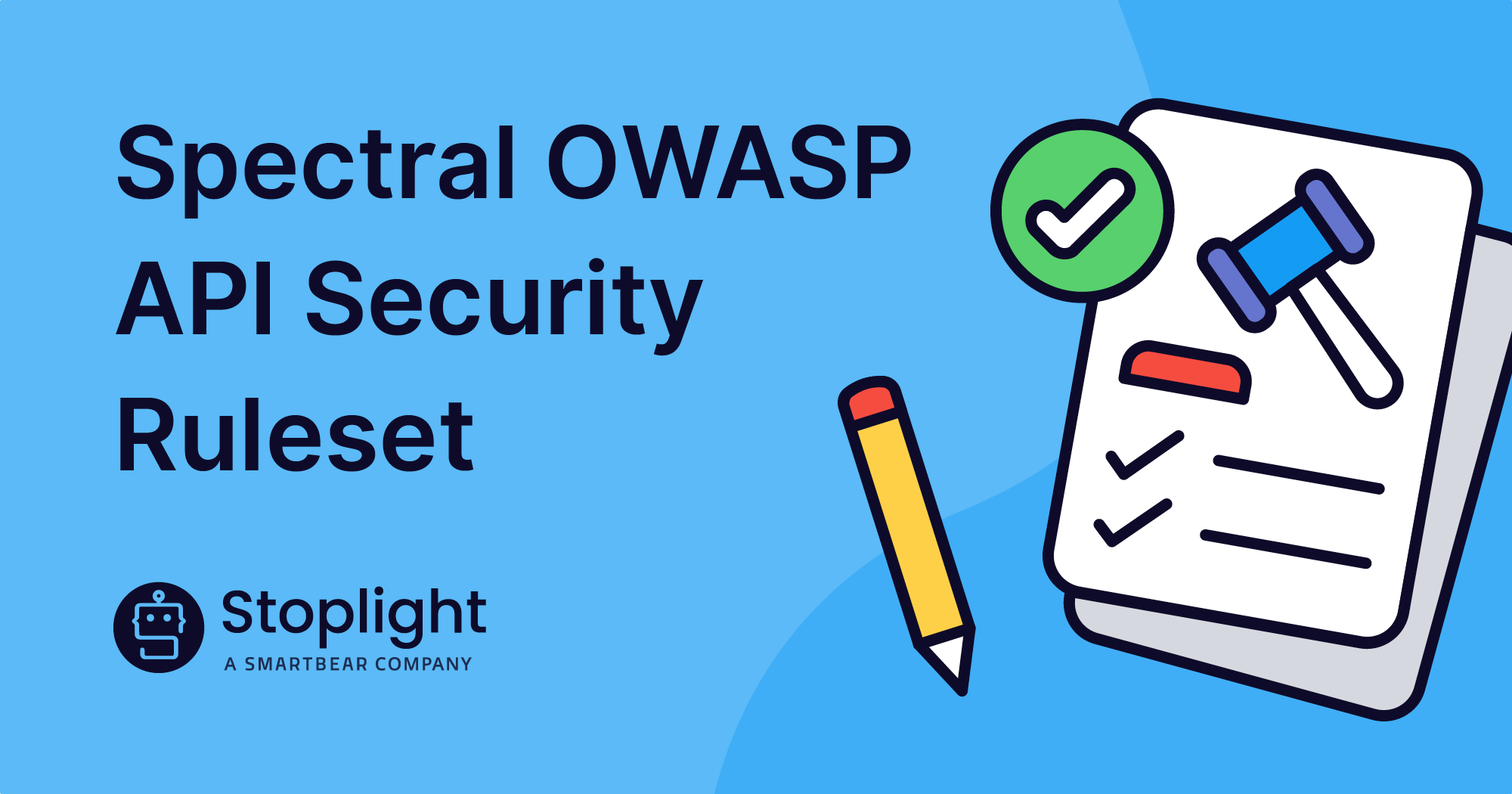The API marketplace is vast and growing rapidly. In Part 1 of this article, we addressed the scale of the opportunity. With so much value and so many users up for grabs, you can expect a lot of competition for any API offering. Positioning your organization to claim a piece of the market will take planning and investment, but it’s not a mystery what it takes to succeed.
Stand Out in the API Field
As with so many things, capitalizing on opportunities in the API market starts with knowing the value of what you have. Your APIs will be the digital face of your business, and ought to reflect your brand and unique value proposition. Who knows your value better than your current customers? You can learn a great deal about the potential value of your APIs by looking carefully at current users and usage patterns.
Capture Customer Journeys to Create Value
If you struggle to know the most effective way to structure your APIs, you’re not alone. McKinsey’s research indicates that most companies that do provide APIs could be doing a much better job of giving users what they need. In a crowded field – ProgrammableWeb now counts more than 24,000 APIs, up from 54 in 2005 – getting noticed is not enough. The market is full of APIs that were introduced, then left behind when development teams moved on to the next thing in the project pipeline. The technical debt left behind is a burden for API consumers, who have little ability to address it on their own. If you are serious about retaining users over time, your API launches need to come with a plan for ongoing support. Lasting relationships with users will come when you invest in learning about and meeting their needs.
API ecosystems are based on partnership. “Interface” is part of the name and definition of an API, and it’s key to discovering the value of your offerings. Whether the partnerships happen between divisions of a company, between front- and back-end teams, or between an API producer and developers building with it, the exchange of information and ideas between partners is your most valuable resource.
When you begin thinking about how to shape your API offerings, start by looking at your existing partnerships. Who is currently consuming your API? Who are their customers? How can you grow together? Learning from your existing partners will give you insight into the value you bring to your users. Analyzing customer journeys is often the best way to identify API opportunities.
Companies that commit to delivering the highest quality API experience often find that their customers and partners drive so much innovation that their API business grows to equal or exceed their other offerings. Salesforce, for example, now receives more than 50% of its traffic through its APIs than through its website or desktop application. Salesforce technology is integrated into a remarkable array of applications because they offer a range of APIs that meet diverse customer needs. Salesforce offers both REST and SOAP APIs, bulk utilities, and APIs optimized for social media monitoring, data visualization, and quote management. That could never be possible without a deep understanding of customer needs.
Open Partnerships To Discover New Value
It’s not possible to perfectly predict how your business will grow and change over time. Any strategies you invest in today need to be flexible and resilient enough to stand up to a wide range of challenges.
Well-managed APIs are exactly this kind of strategy. By opening up to more partnerships, you are future-proofing your business. APIs make cross-industry collaboration easier and can help companies expand into markets they may not have envisioned before.
An article in the Harvard Business Review in 2015 made this point with the example of IBM’s Watson. Watson made its public debut on Jeopardy in 2011, where it performed stunningly well. From there, IBM anticipated using Watson to transform everything from cancer research to venture capital.
Since then, IBM has made Watson available via more focused APIs, and the use cases have grown broadly. Watson has become an “A.I. workhorse” with 40,000 users in 20 countries, double its usage in 2016. IBM had big goals for Watson a decade ago, which turned out to be unachievable at that time. Instead, by pivoting towards a range of more narrowly scoped API offerings, IBM has capitalized on partnerships and found significant success.
The API landscape is full of other such stories. Google apparently had little faith in the value of GoogleMaps until a third-party real estate application used its API to show houses for sale on a map. Suddenly, the novelty mapping API had serious value. It only took one partnership to demonstrate the potential, and Google Maps’ popularity skyrocketed. A Morgan Stanley analyst recently predicted that Google Maps could be worth $11 billion by 2023. Google Maps gets much of its value from advertising, but it’s possible Google would not have discovered the potential without making its APIs readily available to other developers. Google did not anticipate exactly how consumer behavior would change, but they were well-positioned to capitalize on new opportunities as they arose.
You know your data is one of your most valuable assets. Your APIs are a way to use that value to amplify your brand. Investing in your API strategy is a way to ensure that your value is available for rapid innovation, allowing you to adapt to new markets and capitalize on new partnerships. Sharing your knowledge assets through APIs reflects positively on your organization, inspiring others to think differently about the value you bring, and enabling game-changing partnerships.
Treat Your API Like a Product
Throughout this article, we’ve emphasized that in order to get the most out of your APIs, you need to invest in a comprehensive strategy. All APIs are not created equal, and a shotgun approach is not going to pay off. We call API users consumers. If you want those consumers to return, you need to treat your APIs as a product and make them an appealing choice.
Your consumers are developers. The most direct way to increase the value of your API product is to invest in a better developer experience. Ideally, developers should have such a positive experience working with your API that they become your champions, making the pitch to their networks for you.
Getting to that place requires not just a well-designed API, but a commitment to the full product lifecycle. Initial adoption is obviously important, but sustained partnerships take sustained investment. Consider your testing strategies and whether you provide testing environments, how you will handle versioning, service-level agreements, and post-deployment support to create a compelling developer experience.
Careful planning pays off especially well if you or your partners are operating in regulated markets. Compliance with HIPAA and financial regulations doesn’t happen by accident. A comprehensive API management strategy will help you identify what standards and practices you need to adopt during the design phase, then help you ensure compliance throughout the lifecycle.
To distinguish yourself in the highly competitive API marketplace, your organization needs to create a distinctive digital presence. The ‘look and feel’ of your API, including support and documentation, are one part of this. A design-first approach, which begins with planning around stakeholder needs and security concerns, leads to a more consistent, smoother developer experience. It also reduces the complexity of ongoing maintenance, which is a critical ingredient in your API’s long-term success. Treating your API as a product means designing your APIs to meet your consumers’ needs, from inception to the end of support.
Invest in Processes and Human Infrastructure
A sustainable approach to changing your API strategy starts with allocating time and resources. You are making a long-term commitment to your consumers, and need to make a similar long-term commitment of resources.
An effective approach, embraced by wefox, Europe’s leading digital insurer, and advised by McKinsey, is a centralized, multi-disciplinary committee that oversees API design and development across your organization. This Center of Excellence or API Guild coordinates feature requests to avoid duplication and enable reuse and develops a cohesive developer access approach with appropriate rate limiting and security. The API leadership group also makes decisions about tooling and standards and establishes a conflict resolution process.
An API governance committee can lay the groundwork for strategic growth with those basic functions. You can go further and add more value by launching specialist teams focused on developer relations and partner integrations (more on good governance here). As your API business grows, as with any product, you will find opportunities to create more value through customization and specialization. Investing in the people and processes supporting your APIs will set you up to do it in a maintainable, proactive way.
Use Metrics for Smart Growth
A necessary part of your API management strategy is determining the metrics you’ll use to monitor the growth and usage of your API product. Early on, you should establish rigorous, ongoing performance measurements, including usage metrics by endpoint and by the customer, new user registrations, error rates, and response times.
Once you’ve begun collecting that data, empower your API development teams to act on it. They are the experts in understanding the data environment and backend capabilities of your APIs. In the short term, they can target improvements that are effective and achievable. In the longer term, they are best positioned to identify which and how many APIs are necessary to meet your goals for serving consumers. Your API governance team can solicit input from development teams to create a prioritization matrix of potential APIs based on strategic value, technical complexity, and security and regulatory concerns.
The architecture of APIs is flexible, letting you deploy updates rapidly and smoothly. Part of the value of metrics is to feed your iteration and update process. Updates to your APIs should either be unnoticed or noticed only for their benefit. Collecting high-quality data will help you plan high-value changes and get them out to users quickly, making the most of the API form factor.
Analyzing customer journeys is still the best way to identify API opportunities. A well-chosen set of metrics is simply a tool for describing customer journeys. When you provide your developers with meaningful data, they will be able to act on it decisively and effectively. The beauty of APIs is in their flexibility, and an API management strategy that includes appropriate metrics gives you what you need to make the most of that strength.
If you’re ready to take control of your API journey, we invite you to get started with Stoplight or check out our variety of resources to help you level up your API strategy.

